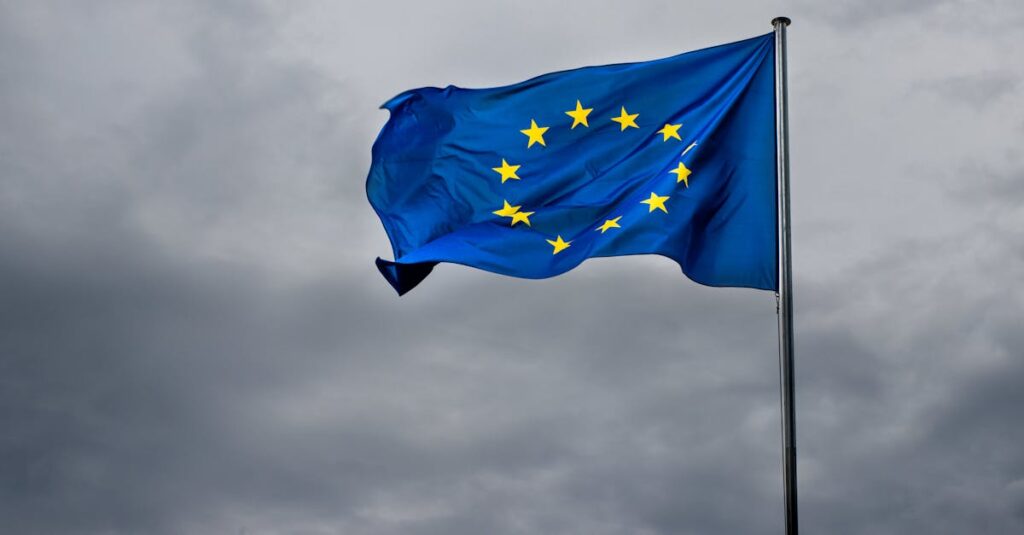More than three years after the introduction of the European Crowdfunding Service Providers Regulation (ECSPR), Europe’s crowdfunding ecosystem is navigating a landscape of both promise and uncertainty.
While the regulation has delivered on its goal of creating a harmonized single market for crowdfunding across EU member states, the transition has also exposed structural weaknesses in the sector—and new challenges are emerging.
Uneven Reality
ECSPR was designed to replace fragmented national rules with a unified framework for crowdfunding investment across Europe. In theory, this should make cross-border finance easier, reduce regulatory confusion, and open doors to broader retail and institutional participation.
However, in practice, the harmonization effort has proven more complex. Last month, we examined the “alternative” German market and the legal scrutiny it faces. But also, in other EU markets, we see challenges. Many platforms that operated comfortably under their national regimes have struggled with the shift to full regulatory compliance under ECSPR.
The requirements—from fit-and-proper assessments to detailed investor protection rules—have added layers of operational and legal complexity that many market actors underestimated. Several platforms, big and small, have quietly withdrawn from certain national markets, frozen cross-border activity, or exited the business altogether.
While market uptake of ECSPR has grown, the number of fully licensed, active new market entries remains modest. Incumbent players have largely remained conservative in their business expansion, and the anticipated wave of cross-border deals is slow to materialize.
There are still high regulatory and compliance costs as key barriers, particularly for smaller platforms or those targeting niche sectors. Additionally, missing tax incentives and lack of co-financing from institutions like the EIB create further challenges.
Platform Resilience
Platforms—many reliant on slim margins and transaction-based revenue—face sustainability issues. Business models that rely on scale are difficult to support in a still-fragmented and cautious market. Those who fail to invest in technology and compliance capacity risk being left behind, but investment is a drain on resources at the same time.
Behind the scenes, ecosystem confidence is also affected. Partnerships between platforms, fund managers, and institutional capital sources are not yet as common or robust as hoped. Questions about the long-term viability remain quietly but persistently raised across the sector. The German case clearly highlights the reluctance to fully embrace ECSPR’s strict compliance when cheaper, unregulated “alternatives” are available.
Data from markets like France indicate volatility in transaction volumes for individual platforms and sectors, such as real estate funding. As France is the largest EU market for ECSPR, the lack of growth and stability in its ecosystem, alongside the lack of cross-border activity, could signal broader trends.
That said, France’s market still shows an impressive size, with 2024 investments around one and a half times the entire EU’s 2023 total according to data published in France. If this trend is verified in 2025 by ESMA, it could indicate that ECSPR is off to a solid start in value terms.
Raising the Stakes
Yet, a new challenge looms: the overhaul of the EU Anti-Money Laundering (AML) framework, set to be fully in force by 2027. For some ECSPR platforms, the implications could be significant. Under the upcoming AML Regulation and Directive 6, all licensed crowdfunding providers will be formally designated as obliged entities.
This means they will need to implement comprehensive AML and Counter-Terrorist Financing frameworks. The new European AML Authority (AMLA) will oversee supervision, potentially overseeing cross-border or high-risk platforms directly.
This shift will standardize rules across the EU—a welcome move for compliance clarity but a heavy lift for platforms not yet AML-compliant. In the short term, this will increase compliance costs and operational burdens at least for those not yet compliant with current AML.
Platforms already stretched thin may be forced to consolidate or seek external partnerships to remain compliant. Combined with the slow uptake of DORA and limited interest in FIDA, the sector faces what could be termed “compliance fatigue.”
Interestingly, retail investment discussions at the EU level haven’t gained traction within the crowdfunding sector. With the current standoff in trialogue negotiations, this might be for the better after all.
Crowdfunding’s Potential
Despite the current challenges, crowdfunding remains a highly viable option for startups, SMEs and infrastructure projects, especially when facilitated by the right platform. With the right guidance and investor base, crowdfunding does provide a much-needed alternative funding source, offering to secure capital from a broader investor base.
With the right strategic approach, crowdfunding can help gain traction, scale operations, and succeed in an increasingly competitive marketplace—underscoring ECSPR’s potential to create a truly integrated European funding landscape. Our own work with the business angel community also showcases the increasing interest in professional platforms offering especially co-investment and cross-border solutions.
Deliverance
The ECSPR regime remains a powerful tool for modernizing European finance, but the ecosystem around it is under pressure. Increasing compliance requirements will add to this, and the growing economic uncertainty, with a looming global trade war, could further reduce retail funds and push the market into contraction.
The regulatory foundation is in place, but the business case for crowdfunding under ECSPR still needs to be proven. The path forward will require resilience, creativity, and collaboration across the European ecosystem—along with strong deal flow, retail investor interest, and, of course, returns.



